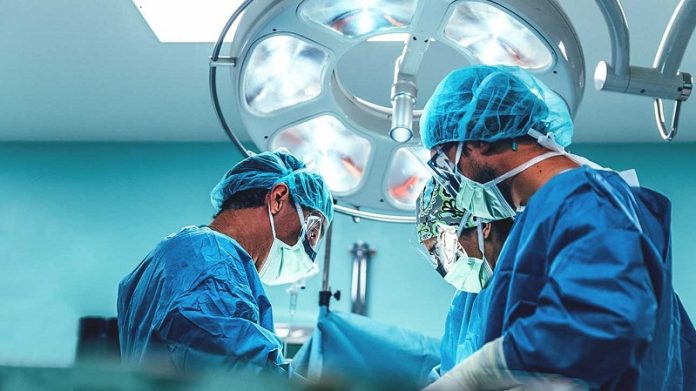Heart disease, the leading cause of death in many countries, is so deadly in part because the heart, unlike other organs, cannot repair itself after injury. This inability is why developing a human heart that can replace a defective one has been the Holy Grail for cardiac medicine researchers for ages.
To build a human heart from the ground up, researchers need to replicate the unique structures that make up the heart. This includes recreating helical geometries, which creates the twisting motion critical to pump blood at high volumes from the heart’s lower chamber, the ventricle, during heart beats. This has so far proven elusive.
Over the centuries, physicians and scientists have built a comprehensive understanding of the heart’s structure but the purpose of spiraling muscles has remained frustratingly hard to study. In 1969, Edward Sallin, at the University of Alabama in the US, argued that the heart’s helical alignment is critical to the percentage of how much blood the ventricle pumps with each contraction.
Now, bioengineers from Harvard’s School of Engineering and Applied Sciences (SEAS) have developed the first biohybrid model of human ventricles with helically aligned beating cardiac cells. This advancement was made possible using a new technique used in textile manufacturing labeled Focused Rotary Jet Spinning (FRJS).
To test Sallin’s theory, the SEAS researchers used the FRJS system to control the alignment of spun fibers on which they could grow cardiac cells.
The first step of FRJS works like a cotton candy machine — a liquid polymer solution is loaded into a reservoir and pushed out through a tiny opening by centrifugal force as the device spins. As the solution leaves the reservoir, the solvent evaporates, and the polymers solidify to form fibers. Then, a focused airstream controls the orientation of the fiber as they are deposited on a collector. The team found that by angling and rotating the collector, the fibers in the stream would align and twist around the collector as it spun, mimicking the helical structure of heart muscles.
After spinning, the ventricles were seeded with human stem cell derived cardiomyocyte cells, which are responsible for generating contractile force in an intact heart. Within about a week, several thin layers of beating tissue covered the scaffold, with the cells following the alignment of the fibers beneath. The beating ventricles mimicked the same twisting or wringing motion present in human hearts.
The researchers also showed that muscle alignment does, in fact, dramatically increase how much blood the ventricle can pump with each contraction.The researchers compared the ventricle pumping ability between ventricles made from helical aligned fibers and those made from circumferentially aligned fibers. They found on every front, the helically aligned tissue outperformed the circumferentially aligned tissue.
The team also demonstrated that the process can be scaled up to the size of an actual human heart and even larger. The Harvard Office of Technology Development has protected the intellectual property relating to this project and is exploring commercialization opportunities.

















